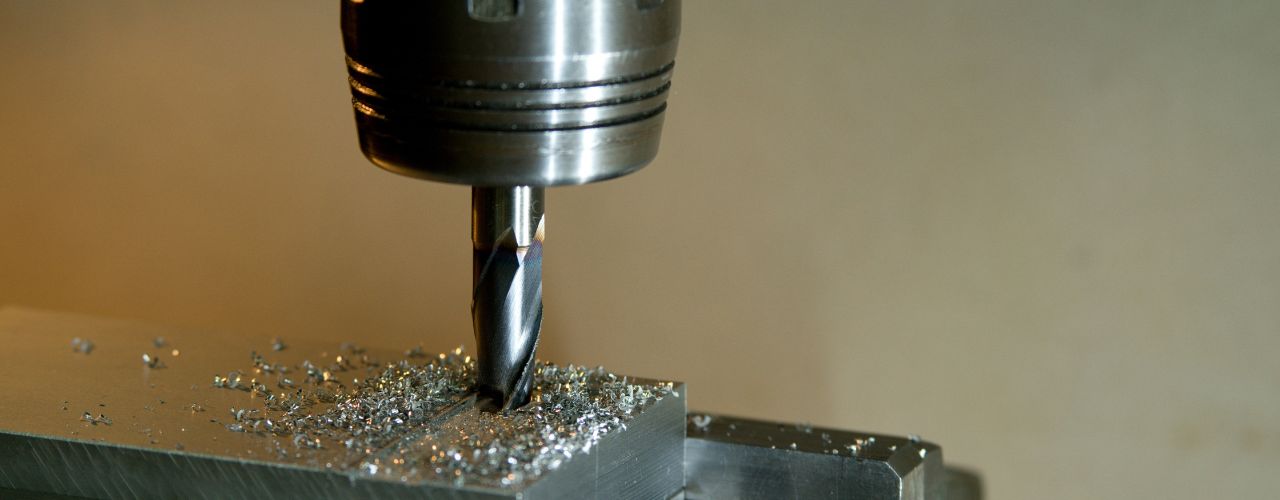In the intricate manufacturing and engineering world, CNC machining is a crucial pillar of precision and efficiency. What exactly is CNC machining, and why has it become indispensable in modern industries? Below, we explain everything you should know about CNC machining, from the intricacies of operation to its wide-spanning applications in diverse sectors.
What CNC Machining Is
At its core, CNC machining is a manufacturing process that uses pre-programmed computer software to dictate the movement of machinery and grapple materials into custom shapes and specifications with intense precision. Listing “CNC” in its name denotes that numerical control is at the heart of its operation, allowing for ultra-accurate and consistent results, batch after batch.
The Mechanics of CNC Machines
From Digital Design to Reality
To understand CNC machining, you must first comprehend its overarching process. It begins with a digital CAD (computer-aided design) model, which involves meticulously crafting a three-dimensional blueprint of the desired product. CAM (computer-aided manufacturing) software that specializes in processing CAD geometries into tool paths; it then translates design information into actionable commands for the CNC machine.
The CNC Machine at Its Core
The CNC machine is the physical manifestation of mechanized precision, capable of removing material from a workpiece to form custom parts. Drills, lathes, and millers comprise an array of cutting tools that can move along multiple axes, intensifying the complexity of their operations.
The Multifaceted Forms of CNC Tools
CNC machining tools come in various forms, each specialized for different functions and materials. The most common types include milling machines, lathes, and routers. Milling machines can cut and drill various materials with extreme accuracy, making them versatile tools in the manufacturing process. Lathes, on the other hand, excel in shaping materials by rotating them against a cutting tool, making them ideal for creating symmetrical products such as screws or musical instruments.
Lastly, CNC routers are akin to milling machines but are primarily used for cutting softer materials like wood, plastics, and foams, offering a wide range of design possibilities in woodworking and sign-making. Each form of the CNC machining tools mentioned plays a pivotal role in transforming raw materials into precise and intricate parts, catering to the diverse needs of modern manufacturing.
CNC Machining Across Industries
CNC machining has found its place across many industries, each leveraging its precision and efficiency to meet unique manufacturing needs. In the realm of electronics, CNC machinery aids in the creation of intricate components found in everyday gadgets.
However, it’s in the oil and gas industry where CNC machining truly showcases its might. Here, the demand for precision CNC machining to create durable components capable of withstanding extreme pressures and environments is paramount. Components such as valves, pistons, and rods require strict tolerances to ensure reliability and safety in exploratory and extraction operations, making CNC machining an indomitable force in the sector.
Conclusion
That’s everything you should know about CNC machining, from its basic form to its applications across various industries. Whether you’re optimizing an oil and gas behemoth’s production line or crafting a satellite’s delicate components, CNC machining promises the precision and reliability that the industry’s future hinges upon.






